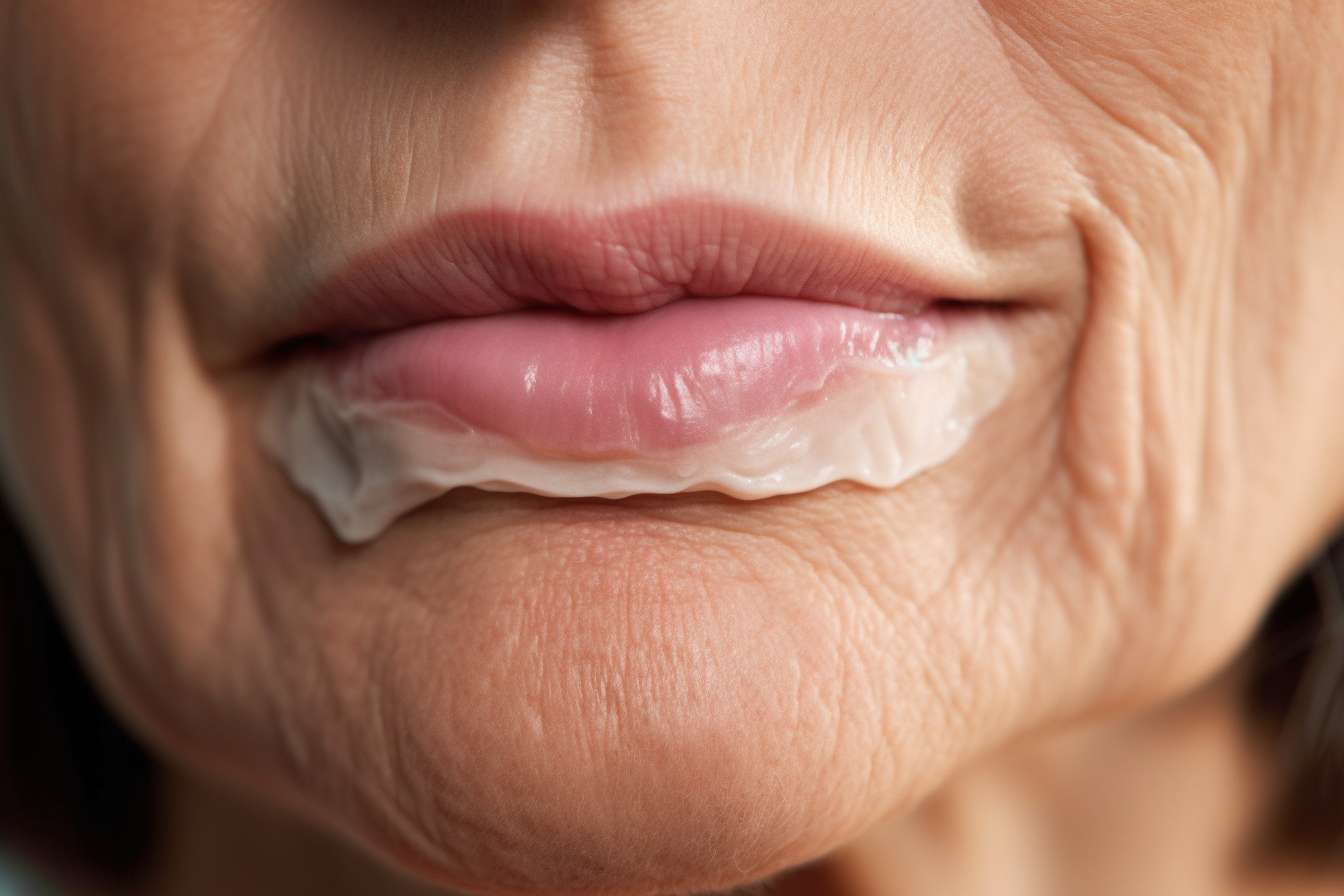Age Spot Treatment Options for Face and Hands
Age spots—also called liver spots or solar lentigines—are flat, darker patches that commonly appear on sun‑exposed skin such as the face and hands as people age. They result from localized increases in melanin and are usually benign, but many seek treatment for cosmetic reasons or if spots change in appearance. This article outlines common treatment approaches, what to expect from each, and practical steps to reduce recurrence while highlighting when to consult a dermatologist.

This article is for informational purposes only and should not be considered medical advice. Please consult a qualified healthcare professional for personalized guidance and treatment.
What causes age spots on the skin?
Age spots form when melanocytes (pigment‑producing cells) increase melanin production in response to ultraviolet (UV) exposure, hormonal changes, and the cumulative effects of aging. These spots are most frequent on areas with repeated sun exposure—face, hands, shoulders, and forearms. Genetics and skin type can influence how visible they become; lighter skin types often show contrast more readily, while darker skin types may develop irregular pigmentation or react differently to treatments. Any new, changing, or irregular lesion should be evaluated by a dermatologist to rule out skin cancer.
How are topical treatments used for age spots?
Topical options range from over‑the‑counter creams to prescription formulations. Ingredients commonly used include hydroquinone (prescription or over‑the‑counter in some countries), retinoids (tretinoin), azelaic acid, kojic acid, and vitamin C derivatives. These agents work by reducing melanin production or increasing cell turnover. Over‑the‑counter lightening products can help mild discoloration over weeks to months, while prescription treatments are typically stronger and monitored by a clinician. Side effects may include irritation, redness, and, in some cases, uneven pigment changes—particularly for darker skin tones—so follow guidance from a healthcare professional.
What procedures target age spots on the face?
Procedural dermatology offers several in‑office options for facial age spots. Chemical peels use controlled acids to remove outer pigment layers and stimulate renewed skin growth. Microdermabrasion mechanically exfoliates surface pigment and is often used for mild discoloration. Cryotherapy (liquid nitrogen) can freeze superficial lesions, causing them to flake off. Light‑based therapies—intense pulsed light (IPL) and various lasers—target pigment and can produce visible improvement in fewer sessions. Each procedure has trade‑offs in recovery time, number of sessions, and risk of temporary redness or pigmentation changes. A dermatologist can advise which modality aligns best with skin type and treatment goals.
How are age spots on the hands treated differently?
Hands receive heavy sun exposure and often show deeper, broader pigmentation. Treatments used on the face may be applied to hands, but hands can respond more slowly and may require more aggressive or repeated treatments. Topical agents and chemical peels can lighten spots, but for thicker lesions or widespread discoloration, light‑based treatments or targeted cryotherapy are commonly considered. Because hand skin is thinner and more mobile, providers may recommend tailored protocols to minimize scarring and post‑treatment pigment changes. Consistent sun protection and moisturizing also help maintain results and reduce new spot formation.
What are risks, realistic expectations, and follow‑up?
Expect gradual improvement rather than instant removal for most treatments. Some spots may lighten significantly; others may only partially fade. There is also a risk of temporary or permanent hypopigmentation (lightening) or hyperpigmentation (darkening), especially in darker skin types or after aggressive treatments. Mild irritation, redness, and peeling are common short‑term effects after topical or procedural therapies. Long‑term maintenance usually involves daily sunscreen use, periodic touch‑ups, and avoidance of peak sun exposure. If a lesion changes shape, color, bleeds, or itches persistently, seek prompt dermatologic evaluation to exclude other conditions.
Conclusion
Age spot treatment includes a spectrum from at‑home topical formulations to in‑office procedures administered by dermatology providers. Choice of treatment depends on spot size, depth, skin type, and patient preference for downtime and number of sessions. Prevention—regular sunscreen use, protective clothing, and limiting UV exposure—remains a key part of managing and reducing recurrence. For personalized assessment and to minimize risks, consult a qualified dermatologist who can recommend treatments matched to your skin and expectations.






